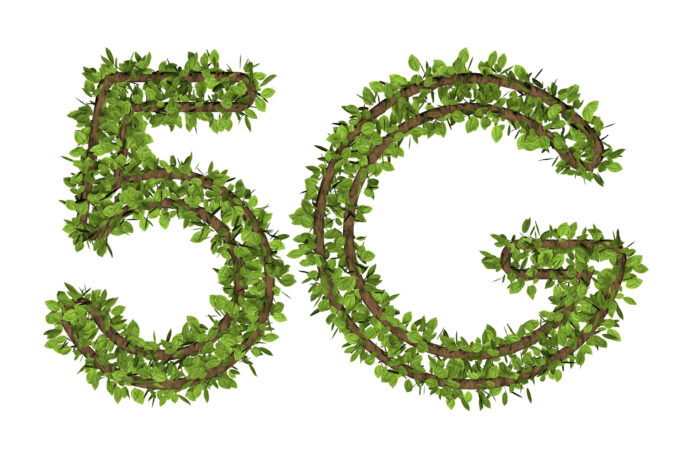EE noted that the first deployments of the new 5G equipment are in London
U.K. carrier EE, part of the BT Group, is deploying ultra-lightweight radio technology supplied by Ericsson with the aim of improving 5G energy efficiency and network performance across the telco’s footprint.
Ericsson noted that the new generation of radios weighed up to 40% less compared to the previous generation. Additionally, Ericsson’ says its AIR 3268 is the most energy efficient radio of this type deployed in Europe. Field measurements in active deployment have shown a reduction of up to 40% in energy usage, according to the Swedish vendor.
Operating within EE’s 3.4 GHz and upper 3.6 GHz spectrum bands, the new radio will initially be deployed over 1,000 sites across the U.K. EE noted that the first deployments of the equipment are in London, with sites in Manchester, Leeds, Edinburgh, and Belfast to follow later this year. The partners also noted that this technology will be expanded to more urban and suburban areas in the future.
Greg McCall, chief network officer at BT Group, said in a statement: “We’ve already made significant progress in making EE a more efficient network, delivering vast quantities of additional data without equivalent energy increases. Our partnership with Ericsson is a further milestone in this journey, enabling us not only to accelerate our 5G roll-out in city centers, but to do so in a more sustainable way.”
“It is incredibly exciting to see our partnership with BT Group succeed with such fantastic results. This is a great step forward for the deployment of 5G in the UK and gives a much-needed boost in both 5G coverage and mid-band performance,” said Björn Odenhammar, CTO for Ericsson UK’s networks and managed services division.
As part of the collaboration with Ericsson, EE is also testing more advanced equipment, including a new software feature called “deep sleep” which can reduce energy consumption up to 70% radio during low traffic hours.
In May, EE said that its 5G network had already surpassed 50% population coverage in the country, claiming to be the first telco in the country to reach this benchmark.
The U.K. carrier previously said it expected to reach half of the U.K. population with its 5G service by early 2023. The telco has also said that its 5G network will reach 90% of the country’s territory by 2028.
Earlier this year, EE claimed to be the first European network to successfully aggregate a 5G signal using seven different spectrum carriers.
The experiment was performed in collaboration with Qualcomm Technologies at BT’s Borehamwood lab, and used five 4G spectrum bands and two 5G. The latter included the 3.6 GHz frequencies acquired in U.K.’s latest auction in 2021.
EE noted that the lab tests reached 5G data speeds of 2.2 Gbps in with expected real-world speeds of over 1.7 Gbps on the network. A mobile test device featuring the Snapdragon 8 Gen 1 Mobile Platform with Snapdragon X65 5G Modem-RF System was used to achieve the milestone, EE said.

